Positive No
In Shaetlan da peerie negative wird no can wirk as a coversational tool an aa. Wirds at hae dis kinds o functions is caaed discoorse markers in linguistics, fur dey manige da flow an structure o discoorse (conversation or communication). As a discoorse marker da peerie negative no can actually mean somethin positive, laek wi:
– No, hit wis a splendid pairty!
– No, I wis blyde tae see dem agein.
– No, de wir a really good turnoot.
Here da discoorse marker wirks tae shaa a mixter o agreement an positive emphasis. Dis isna unique tae Shaetlan: functions laek dis fir no can be fun in da Corpus of Contemporary American English (COCA) o ower 1bil wirds, International Computer Science Institute (ICSI) Meeting Corpus wi 72 ooers o speech, an in da Fisher English Training Corpus wi nearly 2,000 ooers o speech. It seems tae be a new laek phenomenon an da COCA data shaas a hit fairly increasin bein øsed dis wye fae 1990. Owerall dis is a understudied feature at deserves mair attention.
References:
Bower, Anna Mae. 2018. Yeah, no and no, yeah: An analysis of two discourse markers. Ypsilanti: Eastern Michigan University Sen.Hons thesis.
Burridge, Kate & Margaret Florey. 2002. ‘Yeah-no he’s a good kid’: A discourse analysis of Yeah-no in Australian English. Australian Journal of Linguistics 22: 149-171.
Cieri, Christopher, Dave Graeff, Owen Kimball, Dave Miller & Kevin Walker. Fisher English Training Parts 1 and 2, Speech and Transcripts. Philadelphia: Linguistic Data Consortium.
Davies, Mark. 2008-. The Corpus of Contemporary American English (COCA): 1 billion words 1990-present. Available at: https://www.english-corpora.org/coca (last access 13 Mairch 2023).
Janin, Adam, Don Baron, Jane Edwards, Dan Ellis, David Gelbart, Nelson Morgan, Barbara Peskin, Thilo Pfau, Elizabeth Shriberg, Andreas Stolcke & Chuck Wooters. 2004. ICSI Meeting Transcripts. Philadelphia: Linguistic Data Consortium.
Lee-Goldman, Russell. 2011. No as a discourse marker. Journal of Pragmatics 43: 2627-2649.

